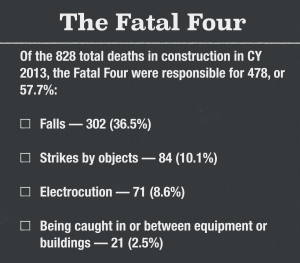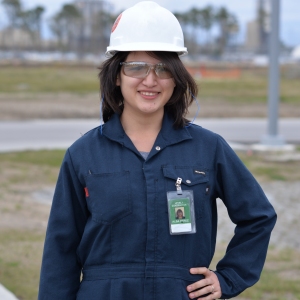 In a recent article in the UK’s Morning Star, Frances O’Grady, general secretary of the Trades Union Congress, a federation of English and Welsh trade unions that represents the majority of these countries’ trade unions, paints a dire picture of labor and safety overseas.
In a recent article in the UK’s Morning Star, Frances O’Grady, general secretary of the Trades Union Congress, a federation of English and Welsh trade unions that represents the majority of these countries’ trade unions, paints a dire picture of labor and safety overseas.
“In 2014, over 20,000 people in the UK alone died as a result of illnesses and injuries they suffered at work,” she says. “Without stronger regulation and, more important, proper enforcement, people will continue to die needlessly from being exposed to hazardous substances.”
Though the United States averages fewer job-related deaths annually, according to OSHA, workplace safety still merits concern:
• The private industry recorded 3,007,300 cases of nonfatal injuries and illnesses.
• Injuries on the job killed more than 4,500 workers. This is equivalent to 3.3 deaths per 100,000 full-time equivalent workers, or an average of 88 per week or 12 per day. (This is the second lowest total since the inception of the fatal injury census in 1992.)
• Fatal work injuries involving contractors accounted for 16% of all fatal work injuries.
• Of the 4,101 worker fatalities in the private industry, 828, or 20.2%, were in construction. In other words, one in five worker deaths was in this sector.
• The leading causes of worker deaths on construction sites were 1) falls, 2) strikes by objects, 3) electrocution, and 4) being caught in or between equipment or buildings. The Bureau of Labor Statistics reports that these causes, known as the “Fatal Four,” were responsible for 57.7% of construction worker deaths. Eliminating the Fatal Four would’ve saved 478 workers’ lives in the United States.
 Companies that run potentially hazardous operations can keep their employees safe and reduce their liability by engaging knowledgeable health and safety professionals to make sure their plants and other assets are safe. Putting safety first helps companies increase employee loyalty and recruit top talent, and having a steady workforce reduces employee turnover, boosts operational efficiency and grows profits. Expert health and safety professionals do more than just teach CPR and first aid. They also help companies treat their employees as valued team members and reduce liability. Both go a long way when it comes to making a company a better place to work.
Companies that run potentially hazardous operations can keep their employees safe and reduce their liability by engaging knowledgeable health and safety professionals to make sure their plants and other assets are safe. Putting safety first helps companies increase employee loyalty and recruit top talent, and having a steady workforce reduces employee turnover, boosts operational efficiency and grows profits. Expert health and safety professionals do more than just teach CPR and first aid. They also help companies treat their employees as valued team members and reduce liability. Both go a long way when it comes to making a company a better place to work.